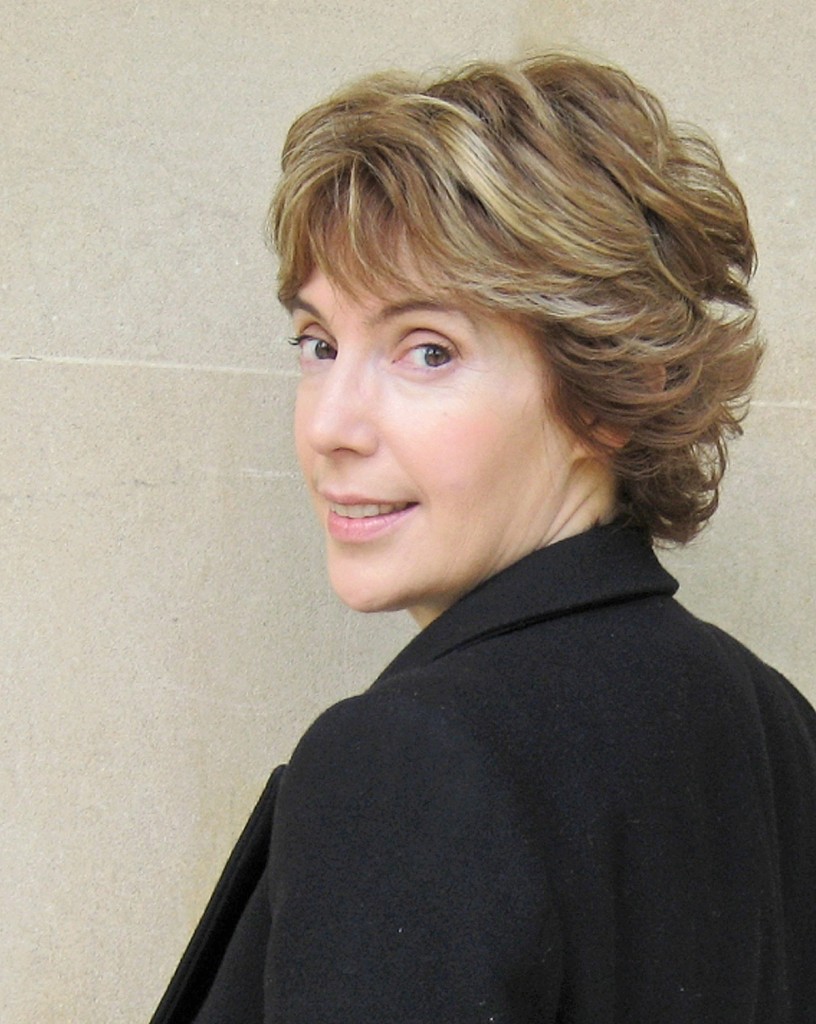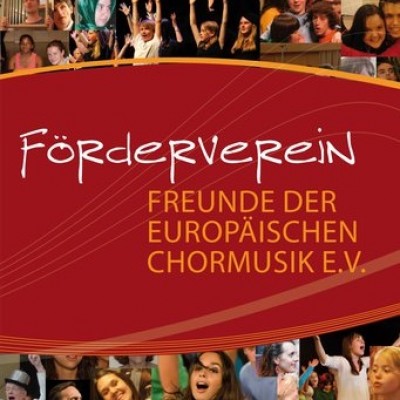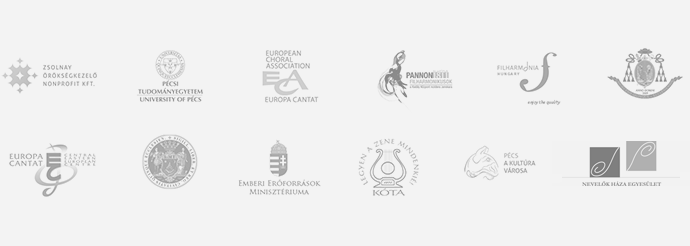| 09:30 - 10:15 | 10:15 - 10:30 | 10:30 - 11:30 | 11:30 - 12:00 | 12:00 - 13:00 |
|
Introductory Plenary Session |
Break | 1st block of sessions | Coffee break | 2nd block of sessions |
|---|---|---|---|---|
Participants will be welcome to practise together with others in the group conducting sessions. There will also be opportunities for practical conducting alone in front of the group and all participants will be encouraged to form a choir for this purpose and for demonstration purposes.
More informations about the programme here!
From 9:30-13:00!!!
The Arabic scales are known for their abundance: traditionally there are more than 95 scales with variations! But, applying the transposition and modulation occidental concepts, we can reduce and count up to 15 main usual scales, an easier manner to keep them in mind. Still we have to listen and analyze the scales structure and characteristics with the melodic process in each one of them. The lecturer will be accompanied by an oriental organ in order to give live examples.
Learning all musical elements is most effective if the ear, eye and body as a whole are involved in the learning process. The more the body is involved in what you do, the better the children will remember, and they like it!
The music itself is the source for working on solfège. We will practice sol-fa using simple folk melodies and choral compositions.
A practical workshop for music teachers and conductors of children’s and youth choirs.
The VOCES8 Method by Paul Smith, member of the famous vocal group VOCES8 from London, is more than a musical warm up before singing: short and playful exercises as a wake up for your voice, body and mind with the effect: more fun by learning!
After an amusing musical warm up with the brilliant vocal group Jazzation you will gain an insight into the unique Baltic choral music by singing amazing Latvian, Lithuanian and Estonian choral pieces.

Many choral singers are too dependant on confident singing neighbors. Imagine the vocal-joy if every singer in a choir would know what they are doing. Progressing the value of the sound and energy of the choir.
How?
We listen to and discuss all kind of pop-acapella samples by:
• selectively learning to listen to what is going on behind the leadvocal
• learning to understand by experiencing what meaning your part in an arrangement gives to the other parts.
• try to copy what you are hearing and experiment in little groups..
• hearing and feeling if you can keep your voice in the harmony.
Cecilia discusses the extra-musical influences in the historic figures behind two of her choral works, the heroine and nurse Edith Cavell in Standing as I do and the aviatrix Harriet Quimby in Night Flight, exploring the importance of text and word painting in both works and in her wider output.
You have to know how to move yourself to get boys to move. The session includes breathing exercises combined with teaching rhythms, developing rhythm sense and movement.
ERIC WHITACRE:
- 200.000 fans on Facebook
- having won a Grammy for his own
ensemble´s first CD
- bringing together thousands of singer´s from all over
the world with his Virtual choirs
- heavily in demand for workshops and
guest-conducting as well as for lectures on non-musical topics
What makes him become the "Pop-Star" of today´s Choral Scene?
Since its foundation in 1950, Editio Musica Budapest (EMB) has developed a rich and varied catalogue, focusing mainly on music education and contemporary Hungarian works. Choral music, which has been central to Hungarian music education and composition since Bartók and Kodály, still plays a pre-eminent role in EMB’s activity. The aim of this presentation is to introduce new choral works, mostly by young composers, which have already been proved successful in Hungary, and may arouse international interest as well.















